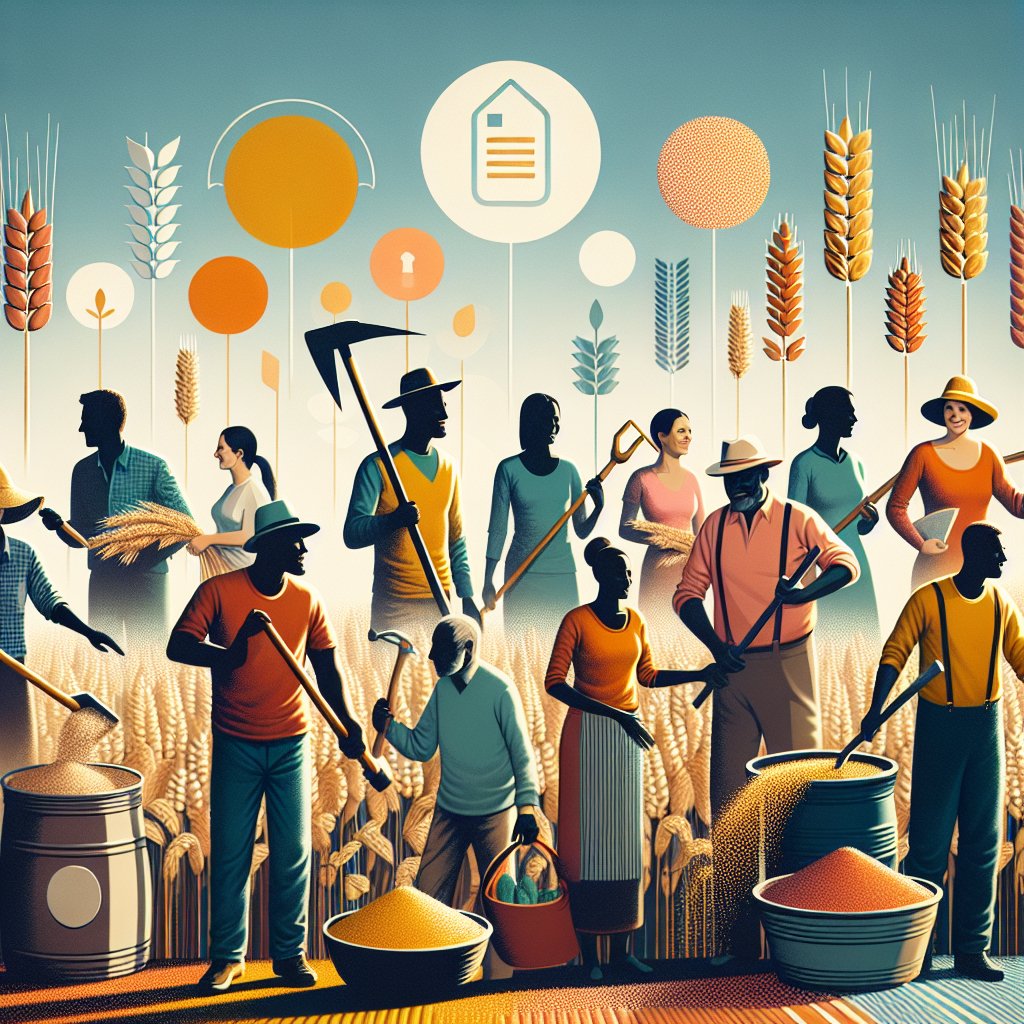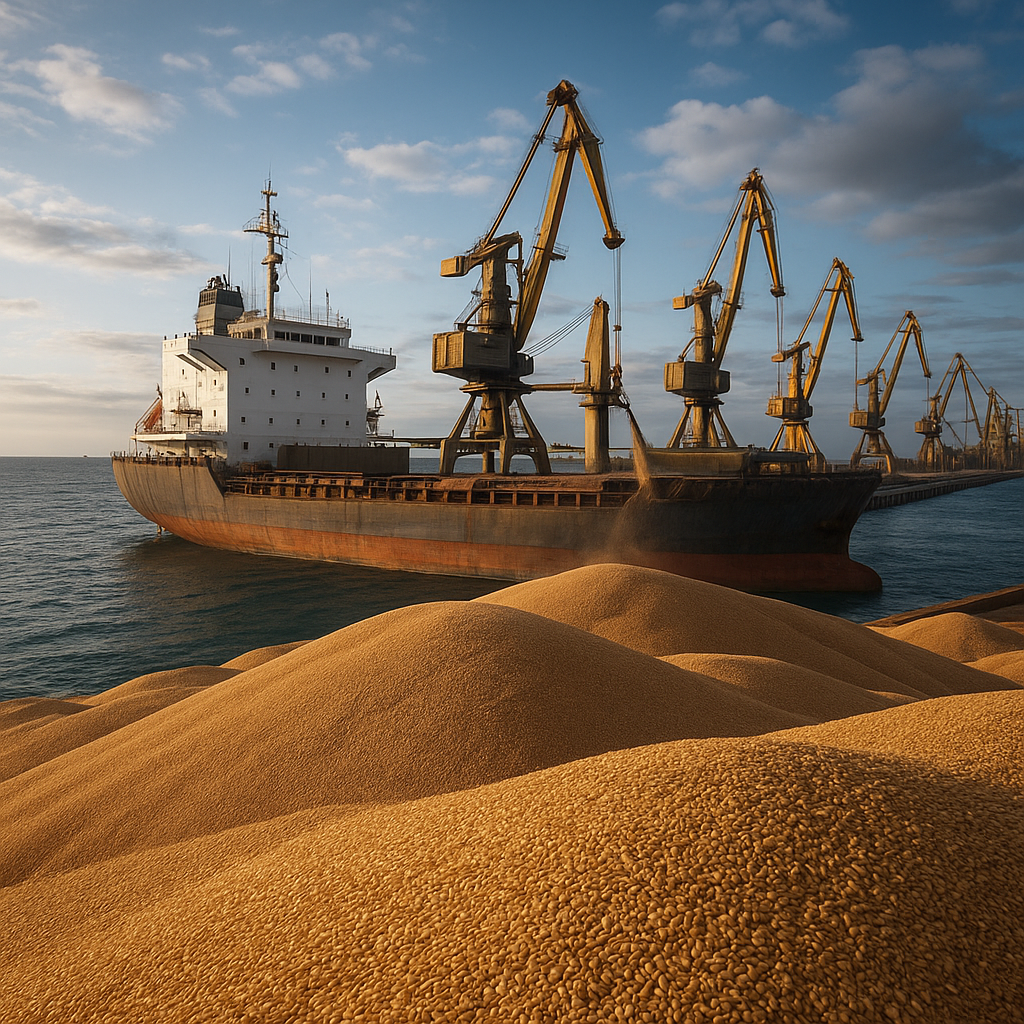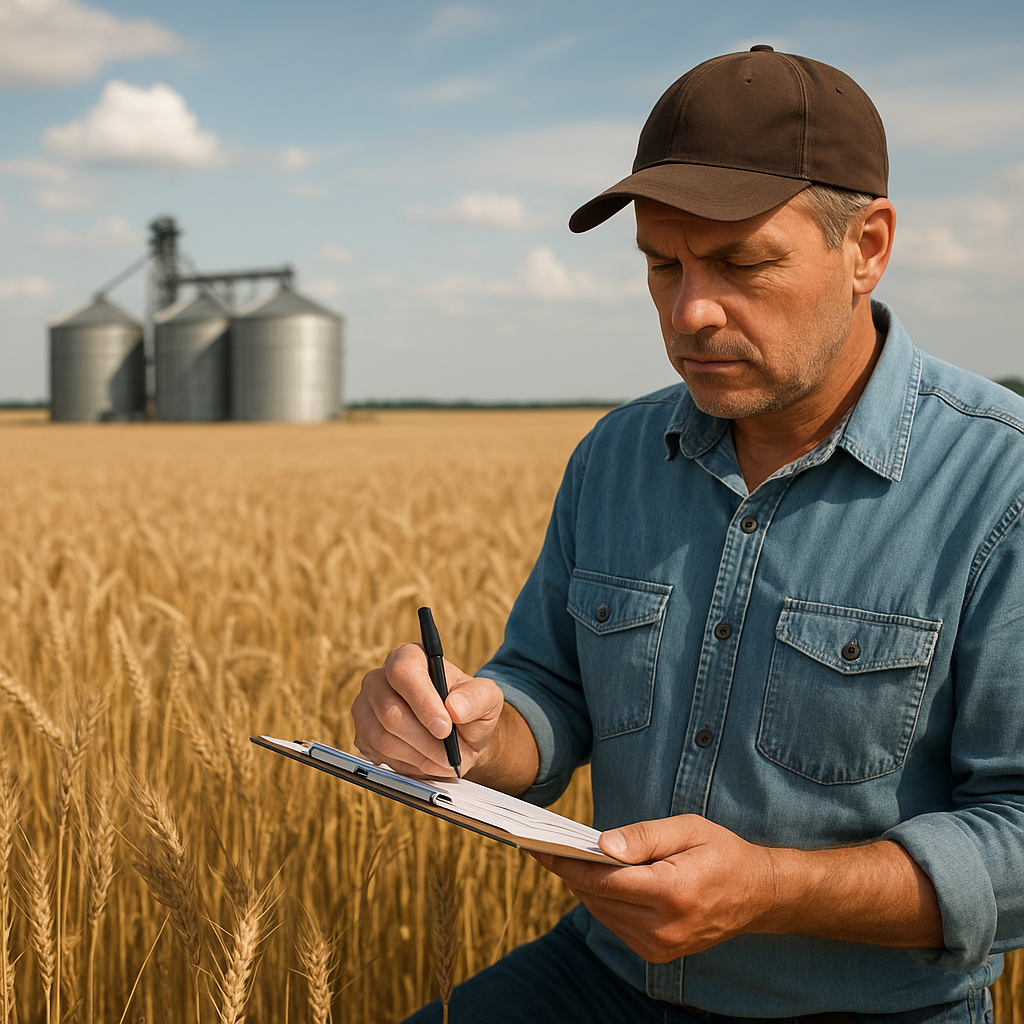The role of credit access in supporting grain farmers is crucial for enhancing agricultural productivity and ensuring food security. In many regions, particularly in developing countries, farmers face significant challenges in obtaining the necessary financial resources to invest in their operations. This article explores the importance of credit access for grain farmers, the various types of credit available, and the impact of financial support on agricultural practices and rural economies.
Understanding Credit Access for Grain Farmers
Credit access refers to the ability of individuals or businesses to obtain loans or financial resources from banks, microfinance institutions, or other lending entities. For grain farmers, access to credit is essential for several reasons:
- Investment in Inputs: Farmers need capital to purchase seeds, fertilizers, pesticides, and equipment. Without adequate funding, they may be unable to invest in high-quality inputs that can significantly increase their yields.
- Operational Costs: Farming is a cyclical business with periods of high expenditure, particularly during planting and harvesting seasons. Credit allows farmers to manage their cash flow effectively, ensuring they can cover operational costs throughout the year.
- Risk Management: Agriculture is inherently risky due to factors such as weather variability, pest infestations, and market fluctuations. Access to credit can help farmers mitigate these risks by providing a financial cushion during tough times.
Despite the clear benefits, many grain farmers, especially smallholders, face barriers to accessing credit. These barriers can include a lack of collateral, insufficient financial literacy, and limited access to formal banking institutions. Understanding these challenges is essential for developing effective solutions to improve credit access for grain farmers.
Types of Credit Available to Grain Farmers
There are several types of credit options available to grain farmers, each with its own advantages and disadvantages. Understanding these options can help farmers make informed decisions about their financing needs.
1. Traditional Bank Loans
Traditional bank loans are a common source of credit for farmers. These loans typically offer lower interest rates compared to other forms of credit. However, they often require collateral and a solid credit history, which can be a barrier for many smallholder farmers.
2. Microfinance Institutions
Microfinance institutions (MFIs) provide small loans to individuals who may not qualify for traditional bank loans. MFIs often focus on rural areas and offer more flexible repayment terms. While interest rates may be higher than those of banks, MFIs play a vital role in providing credit to underserved populations.
3. Agricultural Cooperatives
Many grain farmers join cooperatives to pool resources and access credit collectively. Cooperatives can negotiate better loan terms and provide members with shared resources, such as equipment and storage facilities. This collaborative approach can enhance the financial stability of individual farmers.
4. Government Programs
In many countries, governments offer credit programs specifically designed to support farmers. These programs may include subsidized loans, grants, or guarantees that reduce the risk for lenders. Government support can be instrumental in helping farmers access the capital they need to grow their operations.
5. Peer-to-Peer Lending
With the rise of technology, peer-to-peer lending platforms have emerged as an alternative source of credit. These platforms connect borrowers directly with individual lenders, often bypassing traditional financial institutions. This model can provide farmers with quicker access to funds, although interest rates may vary widely.
The Impact of Credit Access on Agricultural Practices
Access to credit has a profound impact on the agricultural practices of grain farmers. When farmers can secure financing, they are more likely to invest in modern farming techniques and technologies that can enhance productivity. Here are some key areas where credit access influences agricultural practices:
1. Adoption of Improved Seed Varieties
With access to credit, farmers can purchase high-yielding and disease-resistant seed varieties. These seeds often require an initial investment but can lead to significantly higher yields and better resilience against pests and diseases. This shift not only improves the farmers’ income but also contributes to food security in their communities.
2. Enhanced Fertilization and Pest Control
Credit allows farmers to invest in quality fertilizers and pest control measures. Proper fertilization is essential for maximizing crop yields, while effective pest management can prevent significant losses. Farmers who can afford these inputs are more likely to see improved harvests and profitability.
3. Investment in Technology
Modern agricultural technologies, such as irrigation systems, precision farming tools, and machinery, require substantial upfront investment. Access to credit enables farmers to adopt these technologies, leading to more efficient farming practices and increased productivity. This technological advancement can also help farmers adapt to climate change and other environmental challenges.
4. Diversification of Crops
With financial support, farmers can diversify their crop production, reducing their reliance on a single grain type. Crop diversification can enhance food security, improve soil health, and provide farmers with multiple income streams. This strategy is particularly important in the face of market fluctuations and climate variability.
5. Improved Marketing and Distribution
Access to credit can also facilitate better marketing and distribution strategies. Farmers can invest in storage facilities, transportation, and marketing efforts to reach broader markets. This not only increases their sales potential but also helps stabilize prices by reducing post-harvest losses.
Challenges and Solutions in Credit Access
While the benefits of credit access for grain farmers are clear, several challenges persist. Addressing these challenges is essential for creating a more supportive financial environment for farmers.
1. Lack of Collateral
Many smallholder farmers do not have sufficient collateral to secure loans. This lack of assets can prevent them from accessing traditional bank loans. Solutions may include developing alternative collateral systems, such as group guarantees or using future harvests as collateral.
2. Financial Literacy
Financial literacy is a significant barrier for many farmers. Without a clear understanding of financial products and management, farmers may struggle to make informed decisions. Providing training and resources on financial literacy can empower farmers to navigate credit options effectively.
3. Limited Access to Financial Institutions
In rural areas, access to formal financial institutions can be limited. Mobile banking and digital financial services can bridge this gap, allowing farmers to access credit and manage their finances more conveniently. Expanding the reach of these services is crucial for improving credit access.
4. High Interest Rates
High-interest rates can deter farmers from seeking credit, especially if they fear they will not be able to repay the loans. Encouraging competition among lenders and promoting government-backed low-interest loan programs can help reduce the financial burden on farmers.
5. Market Volatility
Market fluctuations can create uncertainty for farmers, making them hesitant to take on debt. Developing risk management tools, such as crop insurance and forward contracts, can provide farmers with the confidence to invest in their operations without the fear of losing everything due to market changes.
Conclusion
Credit access plays a vital role in supporting grain farmers and enhancing agricultural productivity. By understanding the various types of credit available and the challenges farmers face, stakeholders can work together to create solutions that improve financial access. Investing in the financial well-being of grain farmers not only benefits individual farmers but also contributes to broader economic growth and food security. As the global population continues to rise, ensuring that farmers have the resources they need to thrive will be essential for meeting the world’s food demands.













